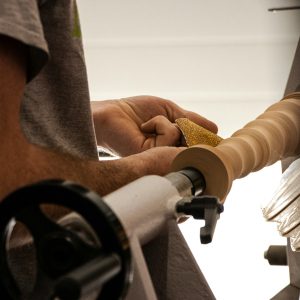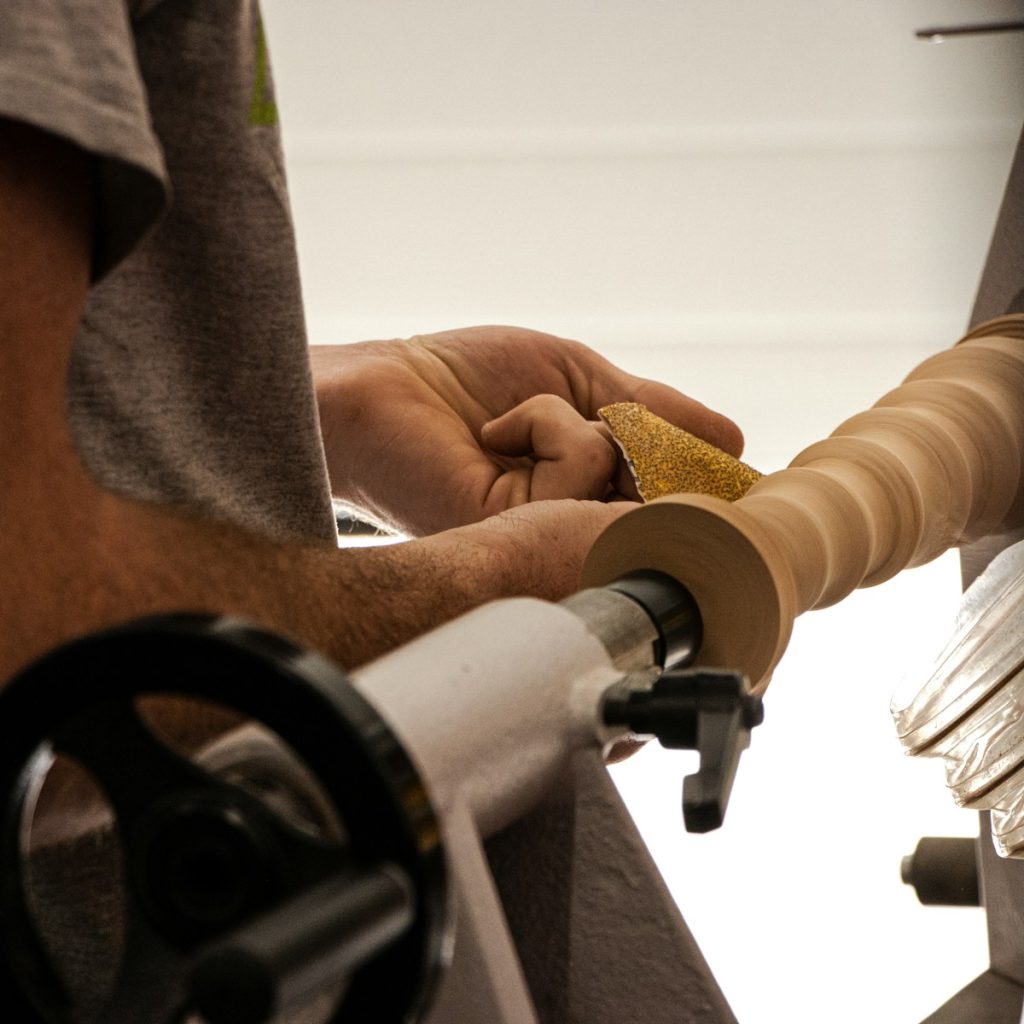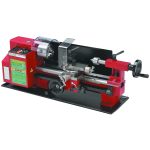Essential Guide to Lathe Operations: A Beginner’s Introduction
The art of turning metal has been at the heart of manufacturing for centuries. Whether you’re crafting a tiny watch component or a massive marine propeller shaft, understanding lathe operations is crucial for any machinist. In this guide, we’ll explore the fundamentals of turning operations and the versatile world of lathe machinery.

What is Turning?
At its core, turning is one of the most fundamental metal-cutting operations. Picture this: a workpiece rotates like a spit over a fire, while a cutting tool precisely shaves away material to create the desired shape. This process can work on both external and internal surfaces, resulting in perfectly symmetrical parts.
Understanding Lathe Capacity
When machinists talk about lathe capacity, they focus on two key measurements:
- Swing: The maximum diameter of the part the lathe can handle
- Distance Between Centers: The maximum length of the workpiece that can be machined
The Engine Lathe: Your Fundamental Machine Tool
The general-purpose engine lathe is like the Swiss Army knife of the machining world. It requires two essential elements to function:
- A mechanism to hold and rotate the workpiece
- A tool-holding system that can move cutting tools precisely against the work
Workpiece Holding Methods
You can secure your workpiece in several ways:
- Single-End Mounting:
- Using various types of chucks mounted on the spindle nose
- Collets that sit directly in the spindle
- Double-End Mounting:
- “Between centers” setup using both headstock and tailstock
- Support for longer pieces using a steady rest
The Key Components
The lathe’s main components work together like a well-orchestrated machine:
- Headstock: Houses the motor and gear train, powering the spindle rotation
- Tailstock: Provides support for longer workpieces from the opposite end
- Carriage System: Controls tool movement along multiple axes:
- Z-axis: Parallel to the workpiece
- X-axis: Perpendicular to the work
- Combination of carriage, cross slide, and compound rest for precise control
Versatility in Action
While most turning operations involve cylindrical stock, don’t let that limit you. With specialized chucks and fixtures, you can work with square stock and various other shapes. This versatility makes the lathe an indispensable tool in any machine shop.
Pro Tips for Beginners
- Always start with properly secured workpieces
- Begin with conservative cutting speeds and feeds
- Maintain proper tool height for optimal cutting
- Keep your workspace clean and organized
- Focus on safety first, speed second
Whether you’re crafting precision components or tackling larger industrial projects, understanding these lathe basics sets the foundation for successful turning operations. As you progress, you’ll discover that turning is both a science and an art, requiring both technical knowledge and hands-on experience to master.


